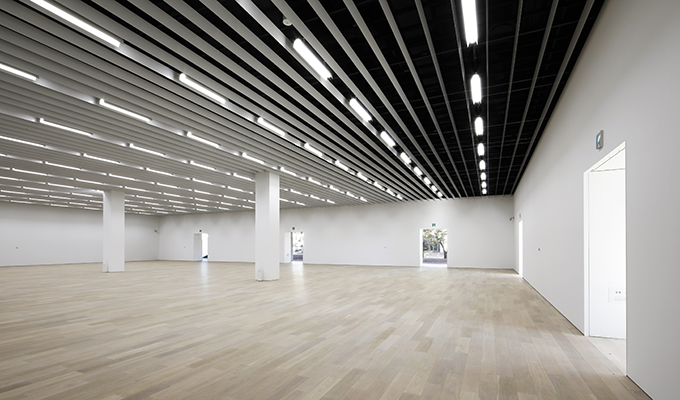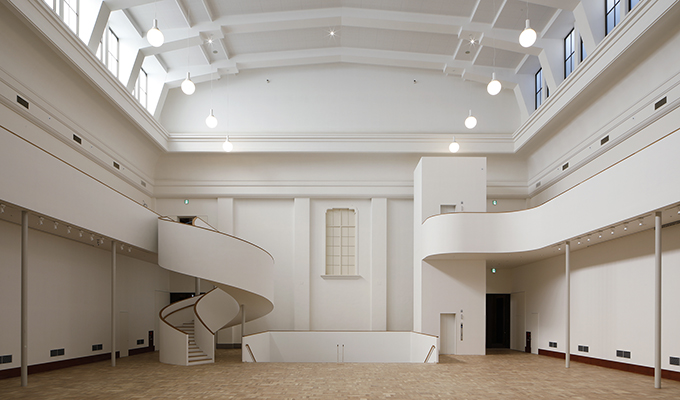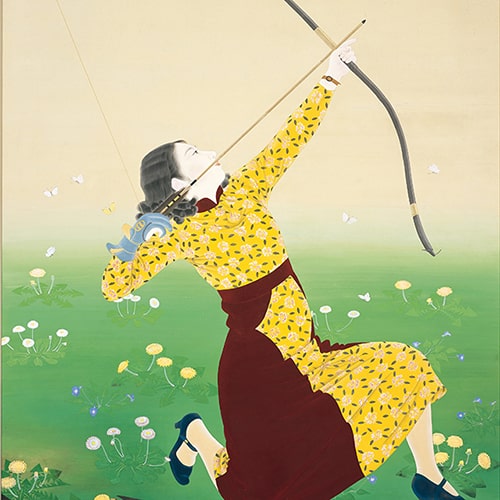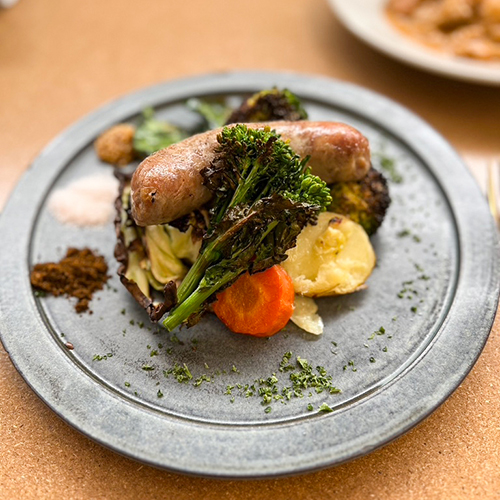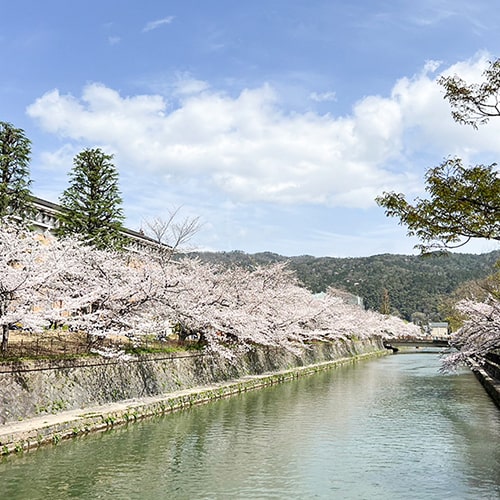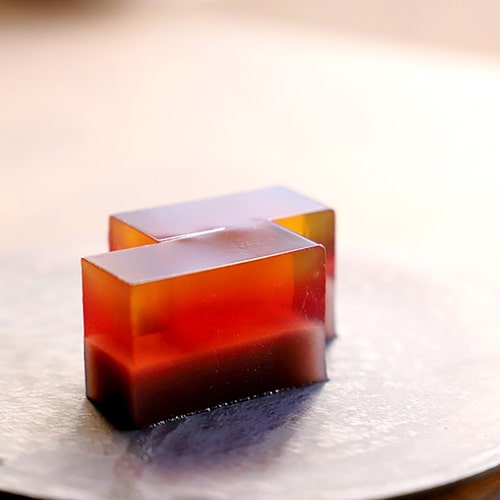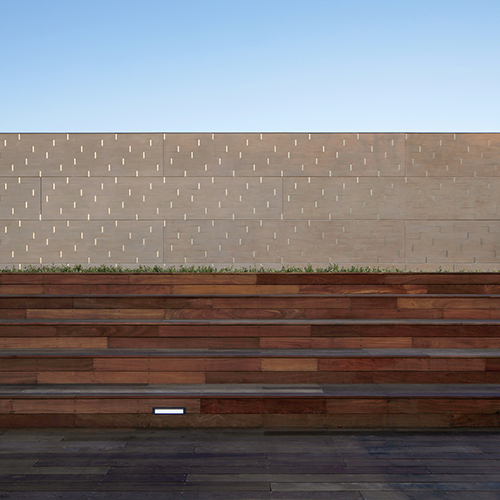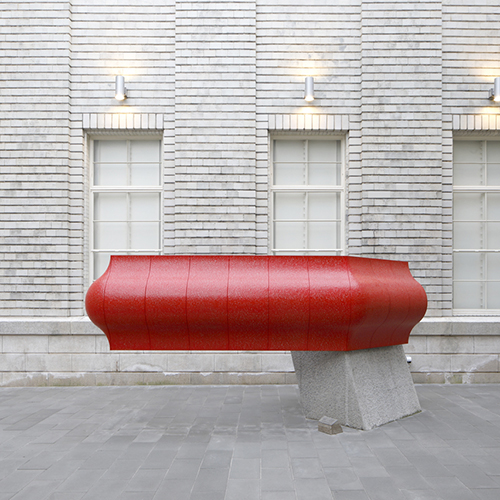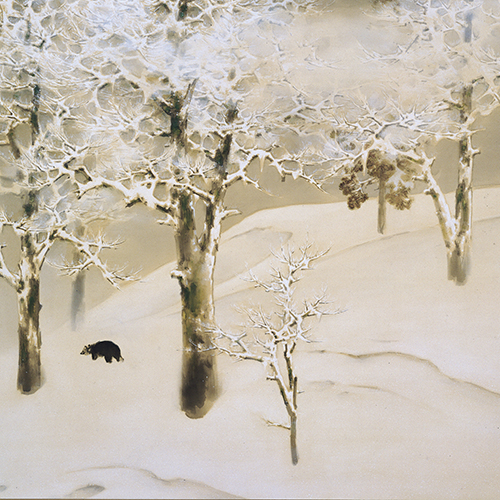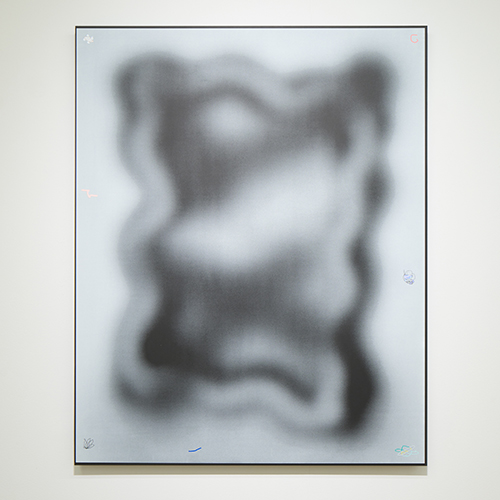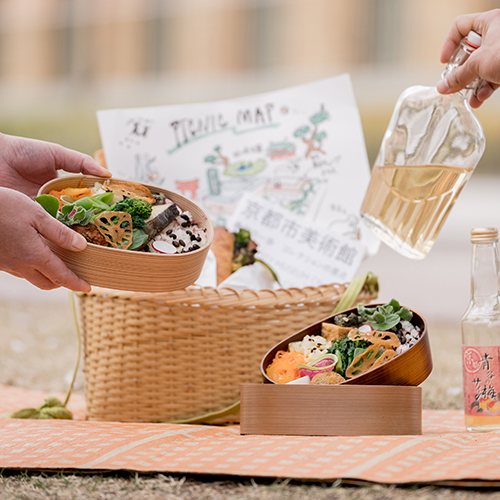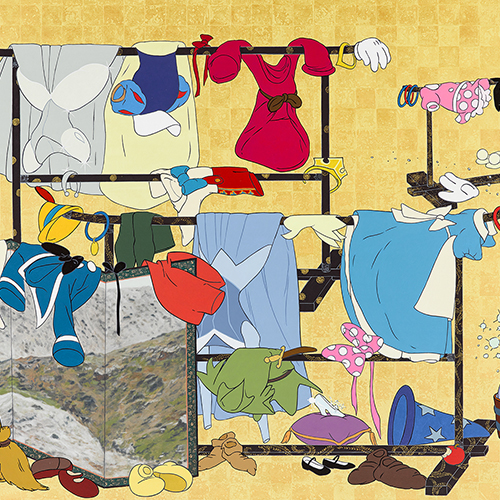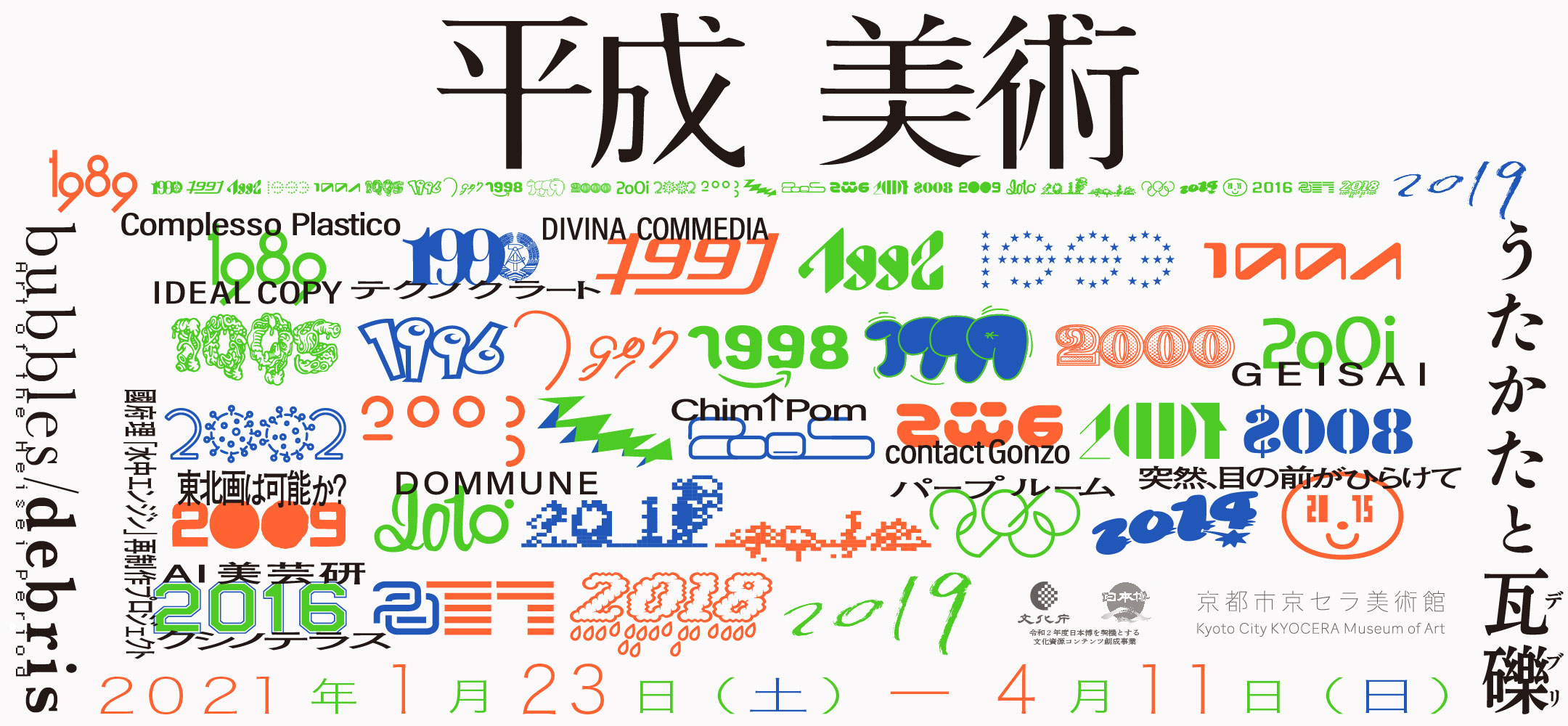
Bubbles / Debris: Art of the Heisei Period 1989–2019
2021/1/23-2021/4/11
Venue [ Higashiyama Cube ]
-
About the Exhibition
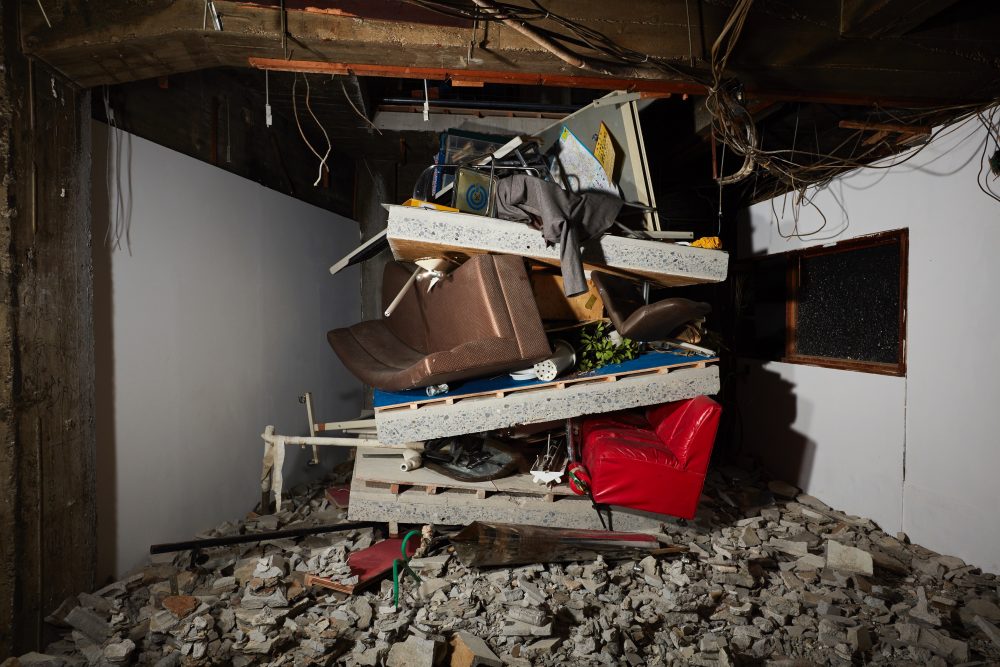
Chim↑Pom Build-Burger 2016 Photo: Morita Kenji
Courtesy of the artist, ANOMALY, MUJIN-TO Production
Image for reference only.Kyoto City KYOCERA Museum of Art is delighted to be hosting this exhibition at Higashiyama Cube, looking back on the art of the Heisei period (1989–2019), with a focus on the collective activities of the artists concerned. Planning was overseen by art critic Sawaragi Noi, who has consistently engaged in highly penetrating criticism of contemporary art since the late 1980s.
Taking as its key words “bubbles/debris,” it explores based on Sawaragi’s point of view how artists responded to the changing times and circumstances of the Heisei period, which was visited by economic stagnation and a series of unprecedented natural disasters.
Today, amid the maelstrom of the dawn of the Reiwa period, a time that can only be described as ominous, let us look back again from here in Kyoto on the art of the Heisei period of just over 30 years. I do not mean by dividing it up according to decades (trends), such as the 1980s or 1990s. Just as the art of the Meiji period represented the dawning in Japan of art itself, the art of the Taisho period represented the cries of self-willed painters and the rise of the avant-garde, and the art of the Showa period exhibited contrasts like light and shadow before and after the war and later followed in the footsteps of democracy and the pacifist constitution by branching into numerous schools, does the art of the Heisei period have an appearance (spirit) representative of the age itself? For the purposes of this exhibition, I have chosen to focus on the accumulation of the “close” collective activities of multiple artists in this period of frequent natural disasters, incidents, accidents, and economic crises. And with the collapse of the bubble economy and the Tohoku earthquake and tsunami (and the Fukushima nuclear accident) in mind, and taking a cue from Kamo no Chomei’s Hojoki (The Ten Foot Square Hut) and Isozaki Arata’s Deburi no mirai (The Future of Debris), I would like to call it “bubbles/debris.” ーーSawaragi Noi
Participating Artists:
Complesso Plastico, IDEAL COPY, TECHNOCRAT, DIVINA COMMEDIA, GEISAI, Chim↑Pom, contact Gonzo, Is Tohoku-ga possible?, DOMMUNE, Parplume, Suddenly, the view spreads out before us., Kushino Terrace, Kokufu Osamu’s Engine in the Water re-creation project, Artificial Intelligence Art and Aesthetics Research Group
Chim↑Pom Build-Burger 2016 Photo: Morita Kenji
Courtesy of the artist, ANOMALY, MUJIN-TO Production
Image for reference only.Information
- Period
- Jan. 23 (Sat) – Apr. 11 (Sun), 2021
- Time
- 10:00〜18:00
- Venue
- Higashiyama Cube
- Closed on
- Mondays *except on public holidays.
- Admission
- Adults ¥2,000 (Groups ¥1,800)
University students ¥1,500 (Groups ¥1,300)
High school students ¥1,000 (Groups ¥800)
Elementary and junior high school students ¥500 (Groups ¥300)
Pair tickets: ¥3500 for two
Heisei discount: Visitors born in the Heisei period (1989–2019) ¥1800 (proof of birthdate required)
About Curatorial Supervisor of the Exhibition
Sawaragi Noi
Art critic. Born in Chichibu, Saitama in 1962, Sawaragi spent his student years in Kyoto, and is currently a professor at Tama Art University. Among his many published writings are Simulationism, his first collection of critical essays (Yosensha, 1991), Nihon/gendai/bijutsu [Japan/Modernity/Art] (Shinchosha, 1998), Han ato nyumon [Introduction to Anti-art] (Gentosha Shinsho, 2010), Autosaida ato nyumon [Introduction to Outsider Art] (Gentosha, 2015), Gobijutsuron [Post-art theory] (Bijutsu Shuppan-sha, 2015; recipient of the 25th Yoshida Hidekazu Prize), and Shinbijutsuron (Earthquake Art Theory] (Bijutsu Shuppan-sha, 2015; recipient of the 68th Minister of Education Award for the Arts). Starting with “Ground Zero Japan” (Art Tower Mito, 1999), he has also curated numerous exhibitions.

- Organizer : Heisei Art Exhibition Executive Committee (The City of Kyoto, The Asahi Shimbun)
- Curatorial Supervisor : Sawaragi Noi
- Corporate Sponsors: SunM color Co.,Ltd, Minebeamitsumi Inc.
-
Supported by the Agency for Cultural Affairs, Government of Japan, Fiscal Year 2021
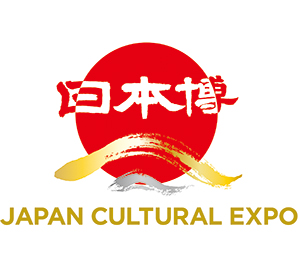
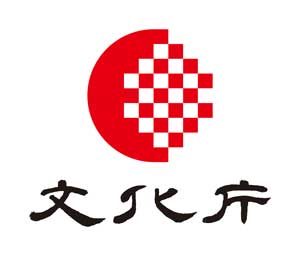
-
1989-2001
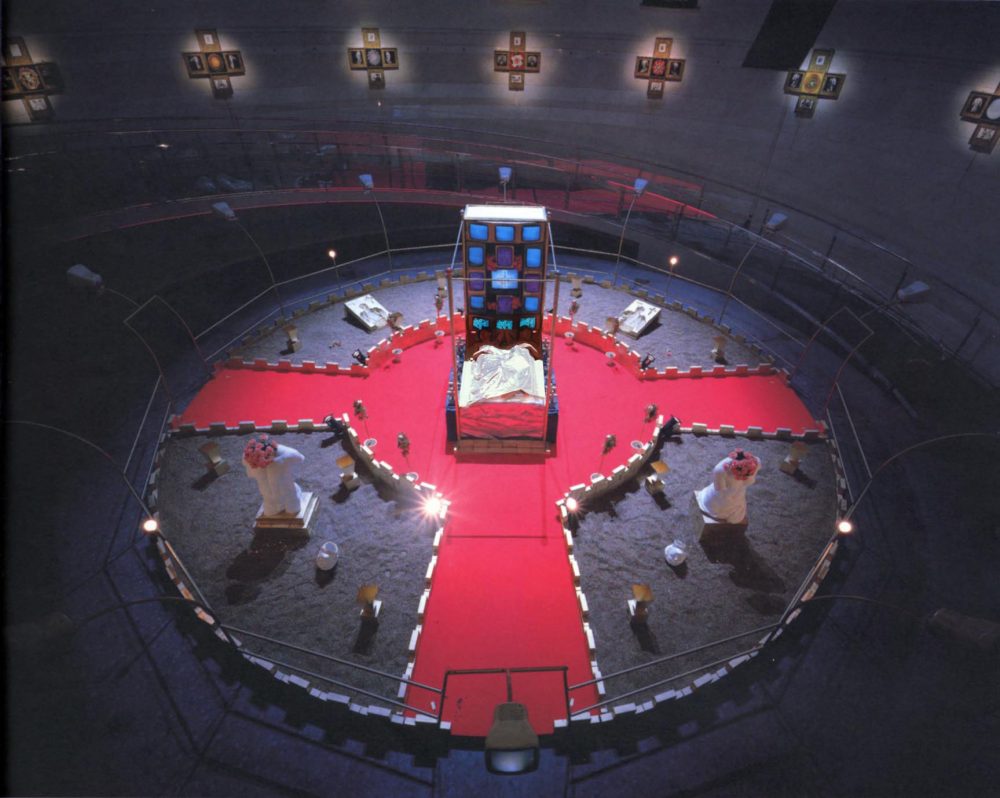
Complesso Plastico, LOVE AND GOLD Tokyo Version, 1989 Photo: Oguma Sakae
Image for reference only.Complesso Plastico (1987‒1995 │ Osaka, Tokyo)
Unit formed by Hirano Jiro and Matsukage Hiroyiki while undergraduates at Osaka University of Arts. Drawing attention for their sound- and image-based installation works, they were invited to participate in the 1990 Venice Biennale.
Production support: Nagoya University of the Arts New Media Design
IDEAL COPY (1988‒ │ Kyoto)
An anonymous art unit that debuted in Kyoto, and has expanded their varied activities throughout Japan and overseas since the 1990s. Known for their conceptual works focusing on everyday social systems.
TECHNOCRAT (1990‒1996 │ Tokyo)
Art unit centered on Ameya Norimizu, who hails from the theater. Characterized by their physical and conceptual works making use of machines and biotechnology, they have not presented work since their 1996 exhibition in Mexico.
Production support: Nagoya University of the Arts New Media Design
DIVINA COMMEDIA (1991‒ │ Kyoto, Kobe)
A project named after Dante’s Divine Comedy. Launching their activities centered mainly on Towata Masayuki and Matsumoto Yasuaki, both of whom studied at Kyoto City University of Arts, they garnered attention with works, composed of flashing light and sound, taking “praxis of death” as their theme.
Production support: inter office ltd.
Complesso Plastico, LOVE AND GOLD Tokyo Version, 1989 Photo: Oguma Sakae
Image for reference only.2001-2011
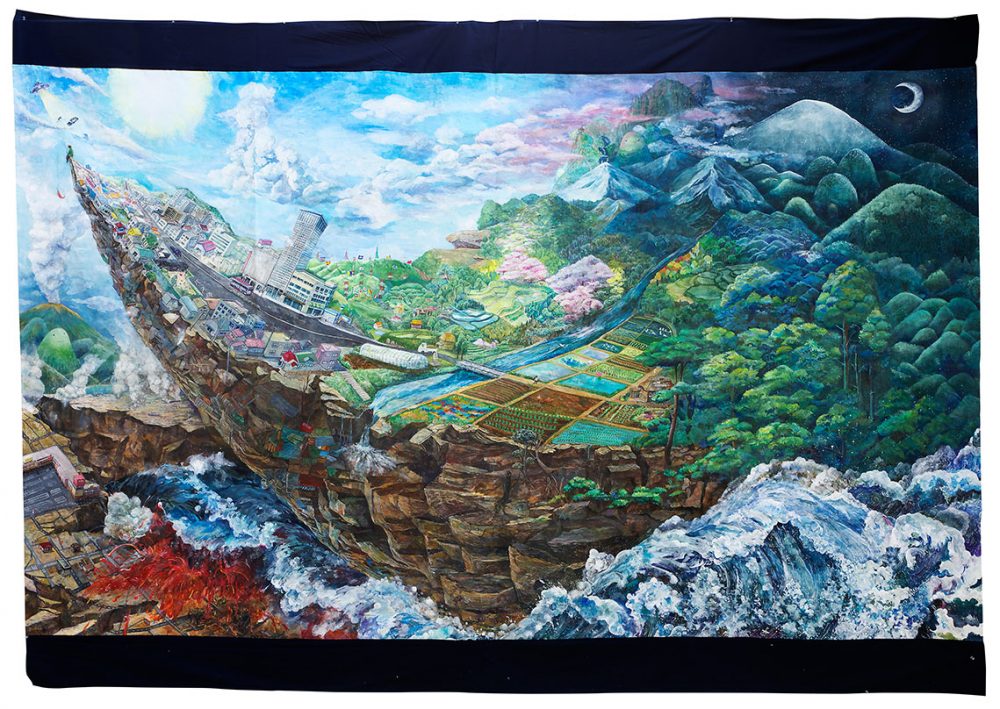
Is Tohoku-ga possible?, Ark Plan, 2011 GEISAI (2001‒2014 │ Japan, Taiwan, USA)
A large-scale project organized by Kaikai Kiki under the command of Murakami Takashi. Derived from the annual arts festival held at Japanese art universities, GEISAI featured in total more than 10,000 exhibiting artists.
Chim↑Pom (2005‒ │ Tokyo)
Artist collective consisting of Ushiro Ryuta, Hayashi Yasutaka, Ellie, Okada Masataka, Inaoka Motomu, and Mizuno Toshinori. Through an artistic practice inextricably linked to society, they continually convey messages addressing wide-ranging issues pertinent to our times.
contact Gonzo (2006‒ │ Osaka)
A group whose name reflects their uniquely conceived approach to bodily expression. Focusing mainly on performance, the current members—Tsukahara Yuya, Mikajiri Keigo, Matsumi Takuya, and NAZE—are active both in Japan and internationally.
Is Tohoku-ga possible? (2009‒ │ Yamagata)
A project in which Mise Natsunosuke and Kozaki Masatake conduct research and art practice with their students at Tohoku University of Art and Design, exploring an alternative art history based on the question of whether it is possible to use the name “Tohoku-ga” (Tohoku-style painting) in contrast to nihonga (Japanese-style painting).
DOMMUNE (2010‒ │ Tokyo)
Launched by Ukawa Naohiro, Dommune is Japan’s first live-streaming studio/channel. It has been running the serial artist-interview program “The 100 Japanese Contemporary Artists” since 2014.
Chaos*Lounge (2009‒ │ Tokyo)
An artist collective born out of exchange on the Internet. Here we look back at their activities through documentary materials.

Is Tohoku-ga possible?, Ark Plan, 2011 2011-2019
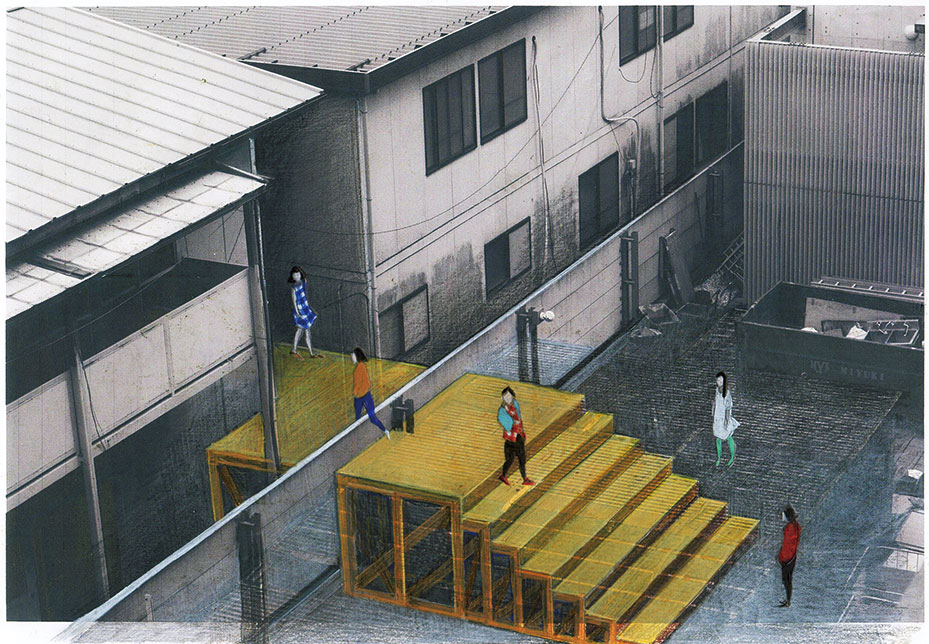
Haibara Chiaki, Ri Jong Ok, Drawing for “A Bridge Striding over a Fence,” 2015
Image for reference onlyParplume (2013‒ │ Kanagawa)
A community established by Umetsu Yoichi. With the Parplume Prep School as its base, Parplume synchronizes art practice and daily life, while acting as an “art movement“ and an “alternative to art education in Japan.”
Suddenly, the view spreads out before us. (2015‒ │ Tokyo)
In 2015, Ichikawa Akiko, Tsuchiya Michiko, Haibara Chiaki, Chong Ri-ae, and Ri Jong-ok, who were students at Musashino Art University and Korea University, built a bridge spanning a wall that separated their works at an exchange exhibition between the two schools. This exhibition marks their third coming together to show collectively.
Kushino Terrace (2016‒ │ Hiroshima)
An outsider art gallery established by Kushino Nobumasa in Fukuyama, Hiroshima. The gallery finds and presents works by artists from all over Japan who practice in a world different from the contemporary art scene.
Kokufu Osamu’s Engine in the Water re-creation project (2016‒2017 │ Kyoto)
A project initiated to recreate Engine in the Water by Kokufu Osamu, who died suddenly while adjusting the artwork. Presented in 2017 by Endo Mizuki, Shiraishi Koichi, Takashima Megumi, and Haga Michiko, the project has been restructured to show at this exhibition.
Artificial Intelligence Art and Aesthetics Research Group (2016‒ │ Tokyo)
A study group formed mainly by Nakazawa Hideki and Kusakari Mika, exploring whether AI can have its own sense of aesthetics or create its own art. The group’s activities take multiple forms, including holding public study groups and exhibitions.
Haibara Chiaki, Ri Jong Ok, Drawing for “A Bridge Striding over a Fence,” 2015
Image for reference only

